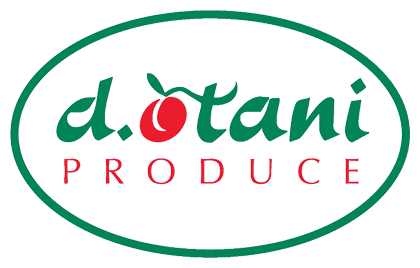Is your produce operation a profit driving force for your company? Do your produce sales deliver the volume required to amass high gross profit dollars? Are your customers purchasing more or less at your current retails?
Continued sales increases, fierce competition and intensified pressure on gross profit have retail produce directors scurrying to find ways to attain budgeted margins. This places a huge burden on the produce team to achieve expected goals, thus, making the numbers is what it’s all about.
Since the net profit of supermarkets is generally on the slim side, at 1 percent to 3 percent, it’s imperative that every level of operating expenses is closely monitored and controlled. Sales are always the starting point in any business, and the higher the sales volume, the greater gross profit dollars will be earned.
The produce gross profit does not include the operating expenses. This makes it even more difficult in accomplishing a bottom-line net profit. Such expenses are labor, utilities, rental, supplies, maintenance, depreciation, employee benefits, insurance, licenses and taxes.
There is more to garnering profit than one can expect. The one major hurdle obstructing that path is unyielding competition. Therefore, in order to meet the produce gross profit commitment, there are several subsections that should be taken into consideration.
• Costs — Lower product costs are always preferred, but quite challenging. Face-to-face meetings with suppliers and establishing contract agreements that are favorable in growth for both parties is the best plan to maintain costs.
• Pricing — Increasing retails is an ideal way to add gross, but competition and customers force prices to remain low. Profit can increase by simply selling more of the higher margin categories.
• Merchandising — Placing the high gross profit items in the right locations at the right time will generate impulse purchasing. Secondary display exposure will move up to four times the product even at the regular prices.
• Shrink control — Lowering waste can add another 1 percent to gross profit. Carrying the best quality produce from superior labels will also cut shrink loss. Best practices in product handling, rotation and culling will trim waste. Use of false bottoms (dummies) reduces the amount of product on displays which prevents dehydration. Reduced pricing of packaged produce just prior to the sell-by dates will inhibit total losses.
• Inventory — Managing assets on hand is vital. Keeping excess amounts of back room product to a minimum can prevent aging and shrink loss. Discourage carryover of immense amounts of ad items at the end of the sale week.
• Other income — Special ad costs, allowances, quota discounts, new item rebates, etc. are all part of profit. It’s usually available for the asking when dealing with suppliers. They want to move their product the same as you. Negotiate it.
• New items — Anything that’s new always interests consumers. A new apple, melon, carrot, or just a different packaging concept can influence incremental sales.
The squeeze on gross profit will unlikely go away. The heavy competitive arena shows no relief in letting up its aggressiveness. This makes pricing more difficult in trying to keep pace with rising operating costs. The addition of food and fresh produce in dollar stores, convenience stores and drug stores has influenced supply demand resulting in higher costs.
Meanwhile, that 1-3 percent range in supermarket net profit places even more demand on the shoulders of the produce operation. As always, there’s no relief in sight on gross profit. Budgets will always be challenging year after year.
It will take a lot of agility to satisfy management with the results imposed on the produce department. To accomplish most of that, I recommend gaining some of it out of the subsections that can boost your gross profit.
You’ll get out of it what you put into it.
Ron Pelger is the owner of RonProCon, a produce industry advisory firm. He is also a produce industry merchandising director and a freelance writer. He can be contacted at 775-843-2394 or by e-mail at ronprocon@gmail.com.

